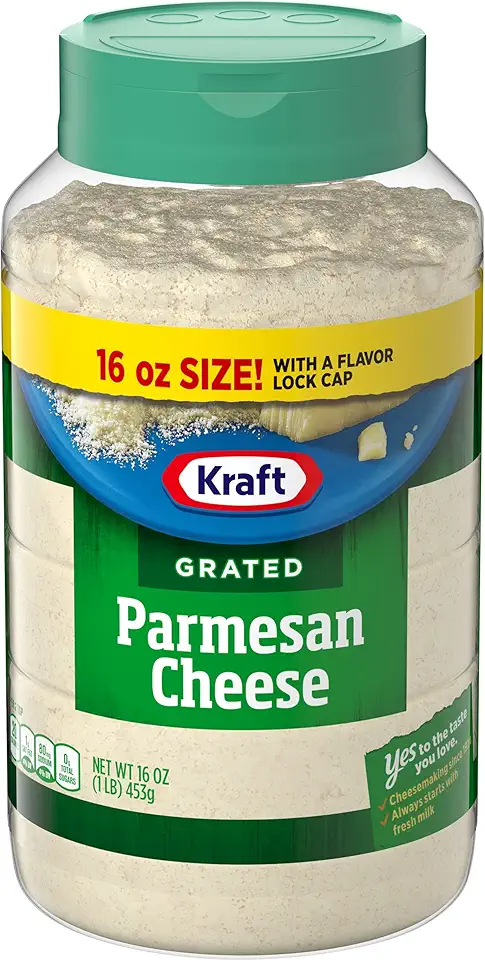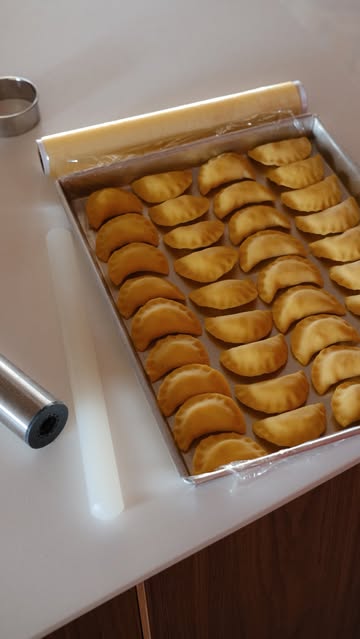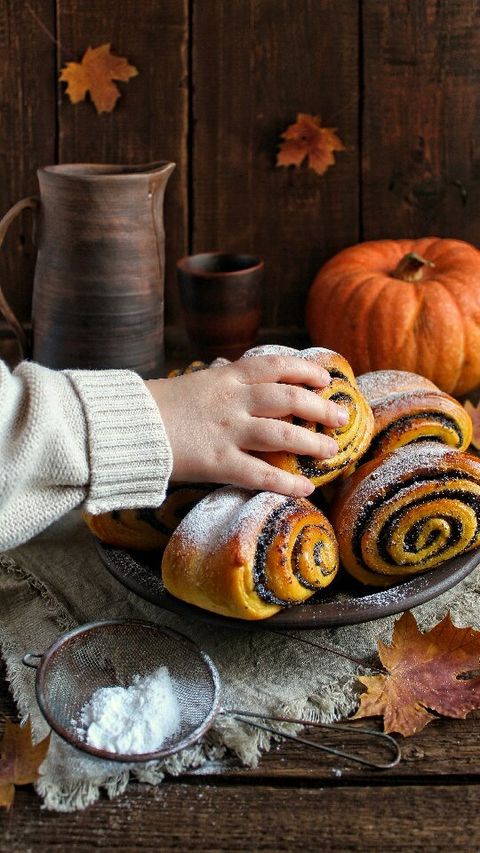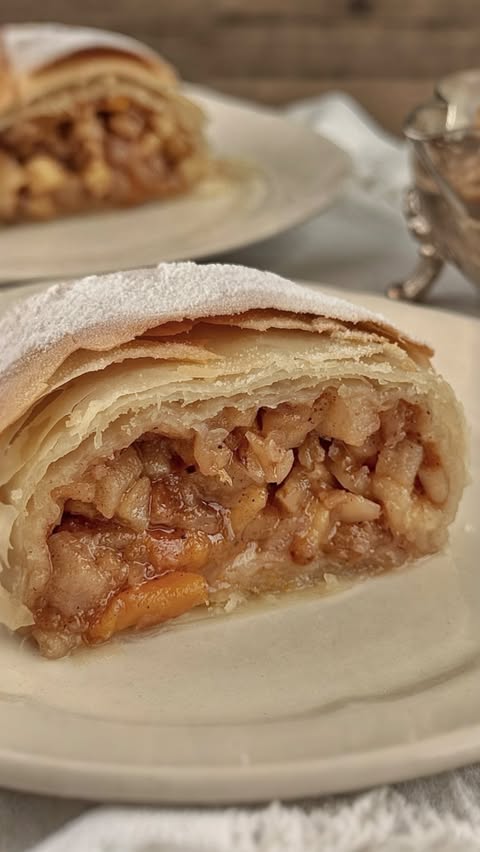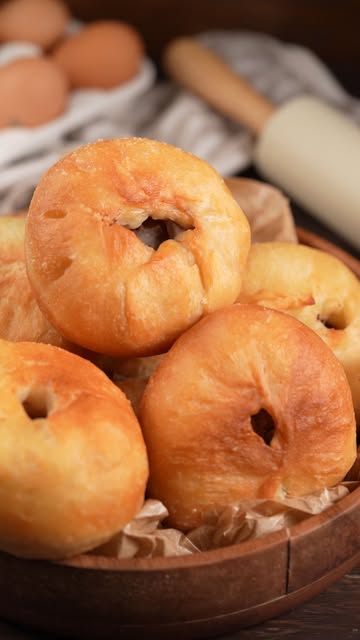Ingredients
Dough
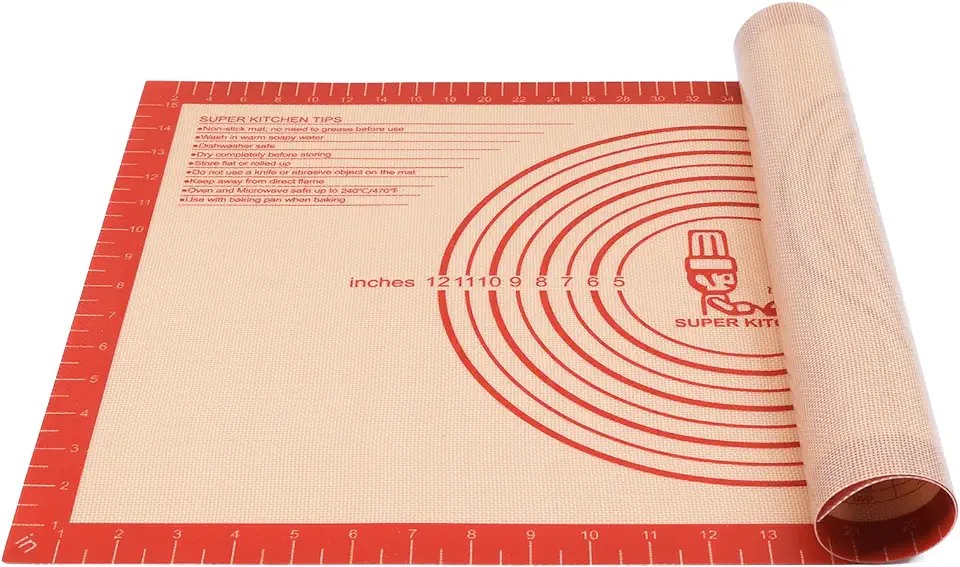 Non-slip Silicone Pastry Mat Extra Large with Measurements 16''By 26'' for Silicone Baking Mat, Counter Mat, Dough Rolling Mat,Oven Liner,Fondant/Pie Crust Mat By Folksy Super Kitchen Red
$11.99
$16.99
View details
Prime
Non-slip Silicone Pastry Mat Extra Large with Measurements 16''By 26'' for Silicone Baking Mat, Counter Mat, Dough Rolling Mat,Oven Liner,Fondant/Pie Crust Mat By Folksy Super Kitchen Red
$11.99
$16.99
View details
Prime
 Extra Large Silicone Pastry Mat Extra Thick Non Stick Baking Mat with Measurement Fondant Mat, Counter Mat, Dough Rolling Mat, Oven Liner, Pie Crust Mat (20''(W) * 28''(L), Red)
$12.98
View details
Extra Large Silicone Pastry Mat Extra Thick Non Stick Baking Mat with Measurement Fondant Mat, Counter Mat, Dough Rolling Mat, Oven Liner, Pie Crust Mat (20''(W) * 28''(L), Red)
$12.98
View details
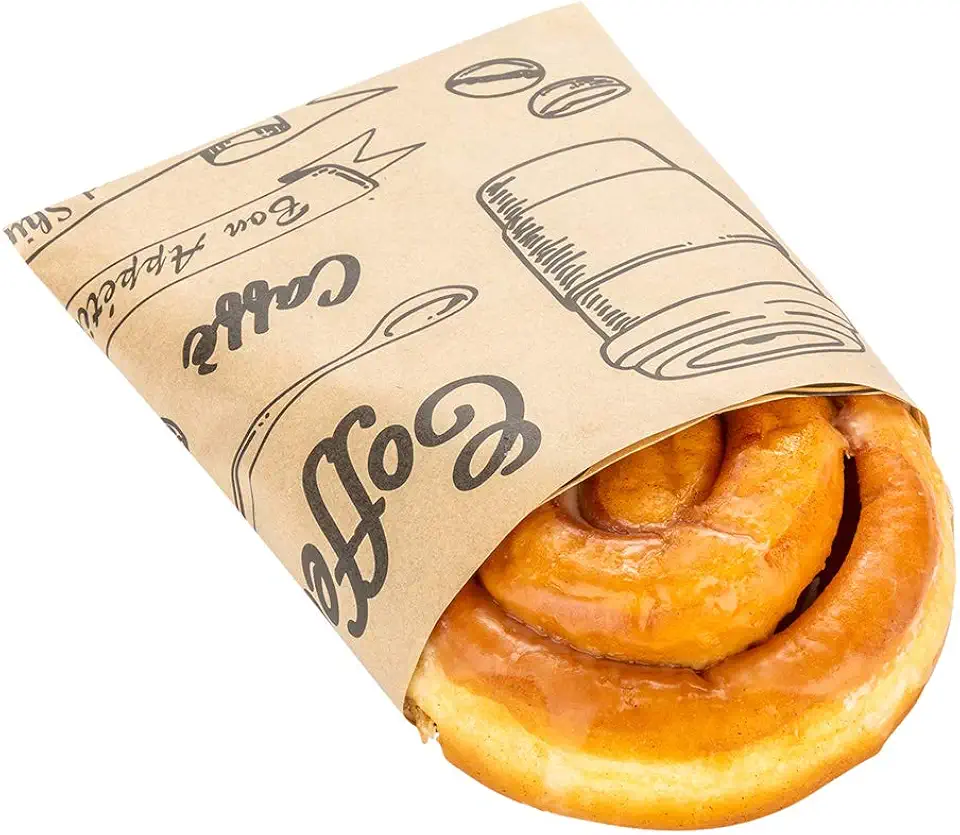 Restaurantware 12 x 12 Inch Pastry Sheets 500 Durable Sandwich Wrapping Papers - Greaseproof Microwavable Kraft Paper Food Basket Liners For Restaurants Bakeries Or Coffee Shops
$92.85
View details
Restaurantware 12 x 12 Inch Pastry Sheets 500 Durable Sandwich Wrapping Papers - Greaseproof Microwavable Kraft Paper Food Basket Liners For Restaurants Bakeries Or Coffee Shops
$92.85
View details
Filling
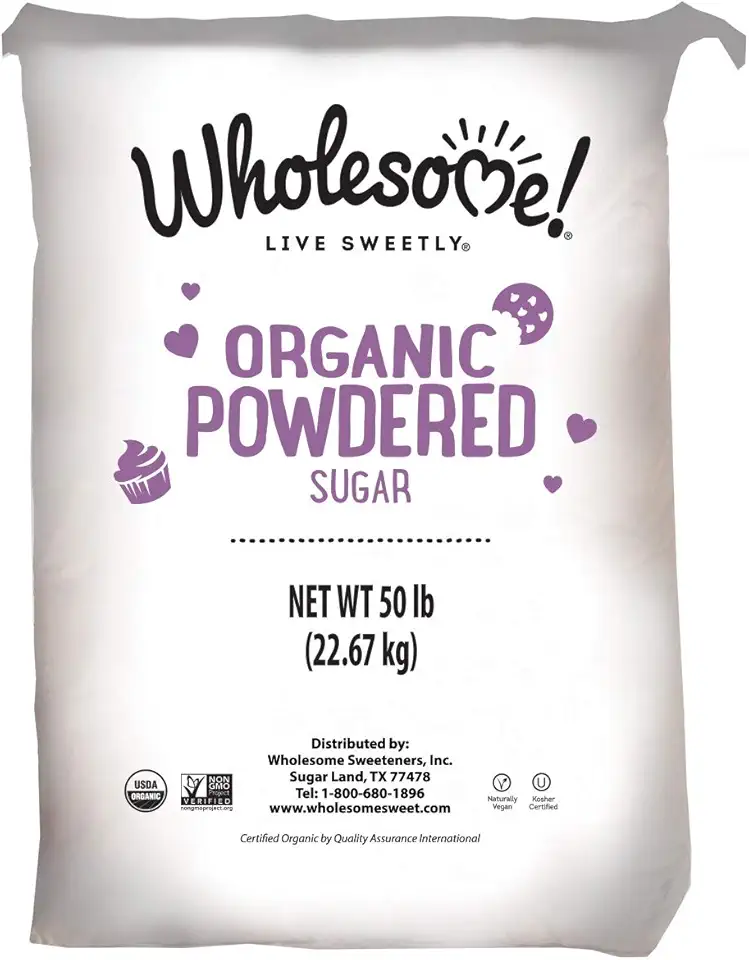 Wholesome Fair Trade Organic Powdered Sugar, Naturally Flavored Real Sugar, Non GMO & Gluten Free, 50 Pound (Pack of 1)
$106.95
View details
Prime
best seller
Wholesome Fair Trade Organic Powdered Sugar, Naturally Flavored Real Sugar, Non GMO & Gluten Free, 50 Pound (Pack of 1)
$106.95
View details
Prime
best seller
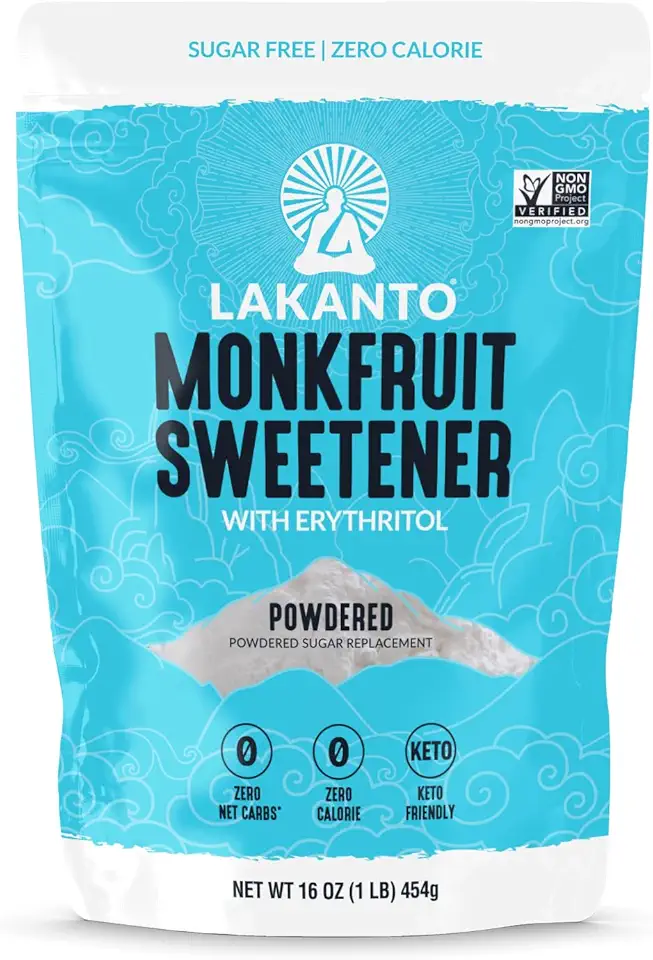 Lakanto Powdered Monk Fruit Sweetener with Erythritol - Powdered Sugar Substitute, Zero Calorie, Keto Diet Friendly, Zero Net Carbs, Baking, Extract, Sugar Replacement (Powdered - 1 lb)
$11.90
View details
Prime
Lakanto Powdered Monk Fruit Sweetener with Erythritol - Powdered Sugar Substitute, Zero Calorie, Keto Diet Friendly, Zero Net Carbs, Baking, Extract, Sugar Replacement (Powdered - 1 lb)
$11.90
View details
Prime
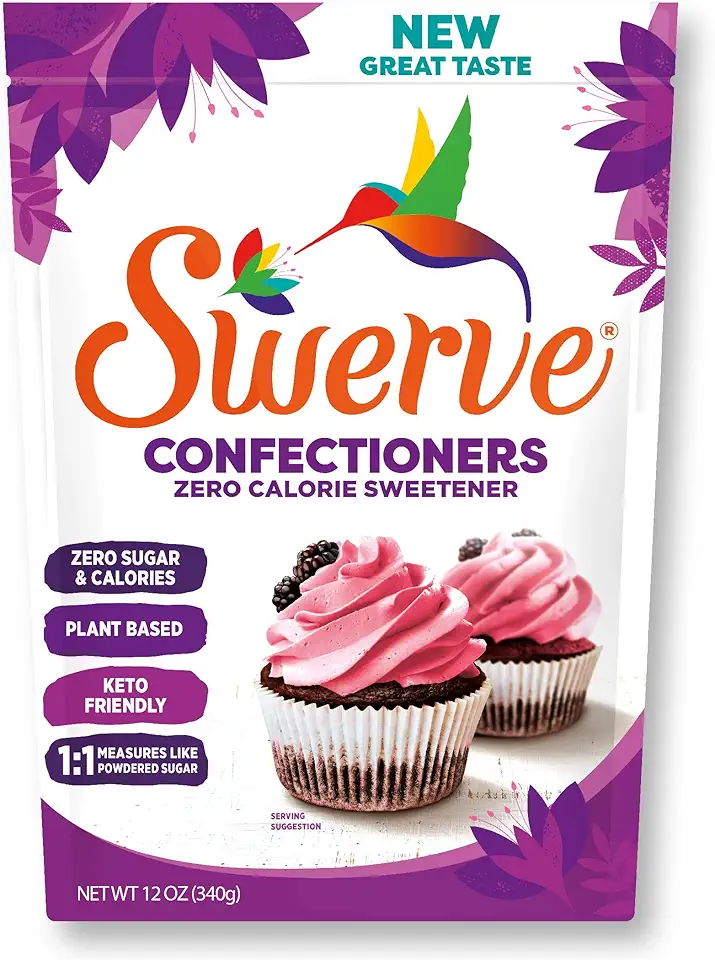 Swerve Sweetener Powder, Confectioners, 12 oz
$6.98
View details
Swerve Sweetener Powder, Confectioners, 12 oz
$6.98
View details
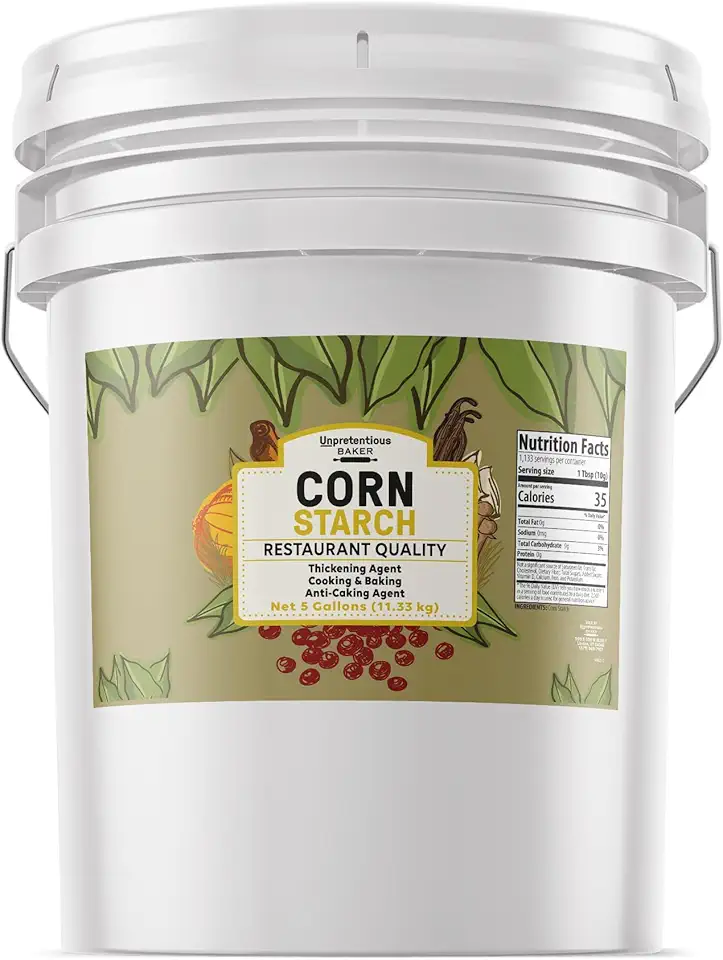 Corn Starch By Unpretentious Baker, Resealable 5-Gallon Bucket, Thickening Agent, For Bulk Baking & Cleaning Use (400 Ounces)
$109.99
View details
Prime
Corn Starch By Unpretentious Baker, Resealable 5-Gallon Bucket, Thickening Agent, For Bulk Baking & Cleaning Use (400 Ounces)
$109.99
View details
Prime
 Earthborn Elements Corn Starch 2 Gallon Bucket, Thickening Agent, Cooking & Baking Staple, Cleaning
$43.99
View details
Prime
Earthborn Elements Corn Starch 2 Gallon Bucket, Thickening Agent, Cooking & Baking Staple, Cleaning
$43.99
View details
Prime
 Clabber Girl, Corn Starch, 3.5lb
$19.90
View details
Clabber Girl, Corn Starch, 3.5lb
$19.90
View details
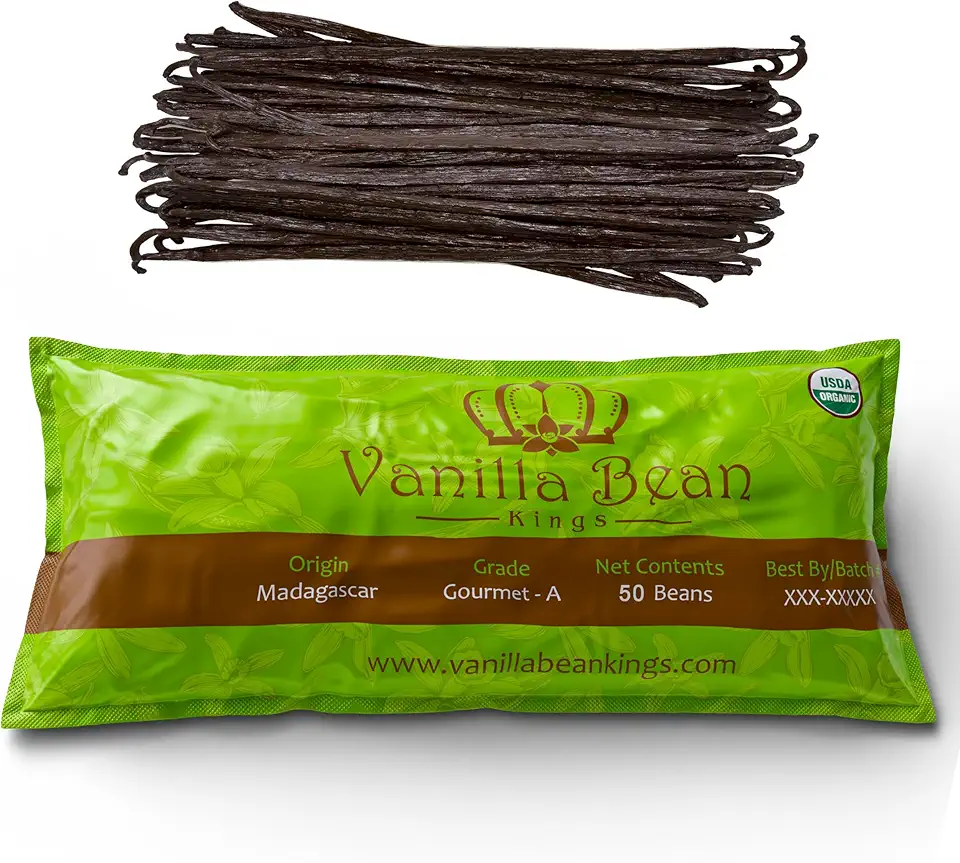 50 Organic Madagascar Vanilla Beans. Whole Grade A Vanilla Pods for Vanilla Extract and Baking
$39.99
View details
Prime
50 Organic Madagascar Vanilla Beans. Whole Grade A Vanilla Pods for Vanilla Extract and Baking
$39.99
View details
Prime
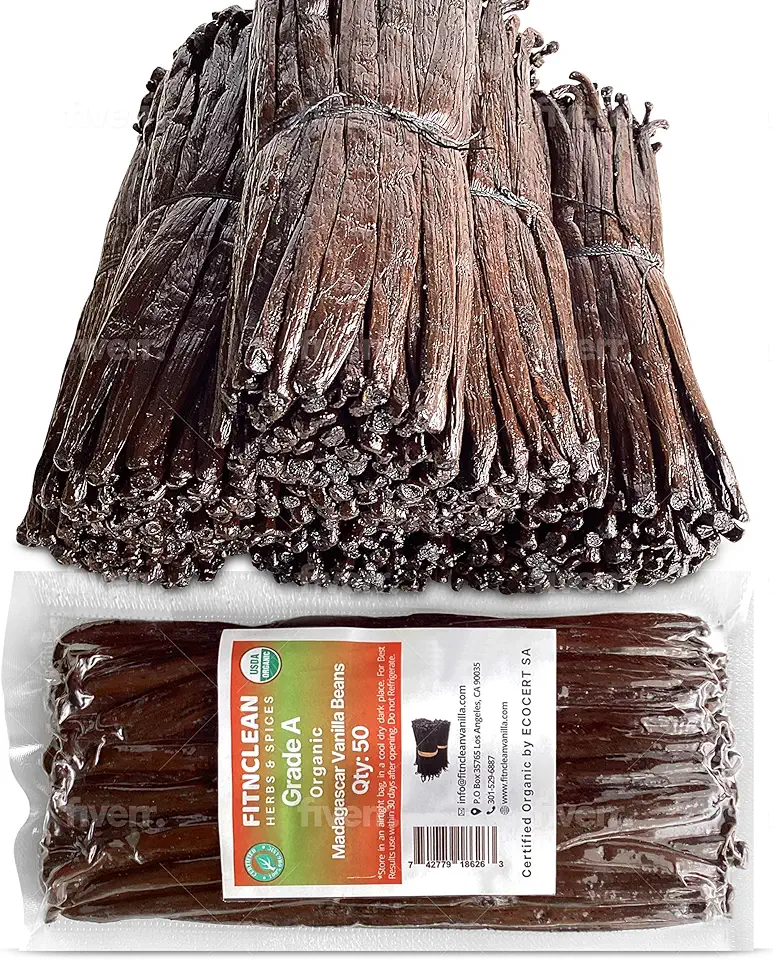 50 Organic Grade A Madagascar Vanilla Beans. Certified USDA Organic for Extract and all things Vanilla by FITNCLEAN VANILLA. ~5" Bulk Fresh Bourbon NON-GMO Pods.
$37.99
View details
Prime
50 Organic Grade A Madagascar Vanilla Beans. Certified USDA Organic for Extract and all things Vanilla by FITNCLEAN VANILLA. ~5" Bulk Fresh Bourbon NON-GMO Pods.
$37.99
View details
Prime
 Nielsen-Massey Madagascar Bourbon Pure Vanilla Extract for Baking and Cooking, 4 Ounce Bottle
$19.95
View details
Nielsen-Massey Madagascar Bourbon Pure Vanilla Extract for Baking and Cooking, 4 Ounce Bottle
$19.95
View details
Toppings
 Wilderness Poets, Oregon Blueberries (Sweetened with Apples) - Certified Organic, Whole Dried Fruit (2 Pound - 32 Ounce)
$37.95
View details
Prime
Wilderness Poets, Oregon Blueberries (Sweetened with Apples) - Certified Organic, Whole Dried Fruit (2 Pound - 32 Ounce)
$37.95
View details
Prime
 Kirkland: Whole Dried Blueberries 20 Oz (3 Pack)
$42.91
View details
Kirkland: Whole Dried Blueberries 20 Oz (3 Pack)
$42.91
View details
 Ocean Spray® Greek Yogurt Covered Craisins®, Greek Yogurt Flavored, Covered Cranberries, Dried Fruit, 5 Oz Pouch (Pack of 1)
$3.39
View details
Ocean Spray® Greek Yogurt Covered Craisins®, Greek Yogurt Flavored, Covered Cranberries, Dried Fruit, 5 Oz Pouch (Pack of 1)
$3.39
View details
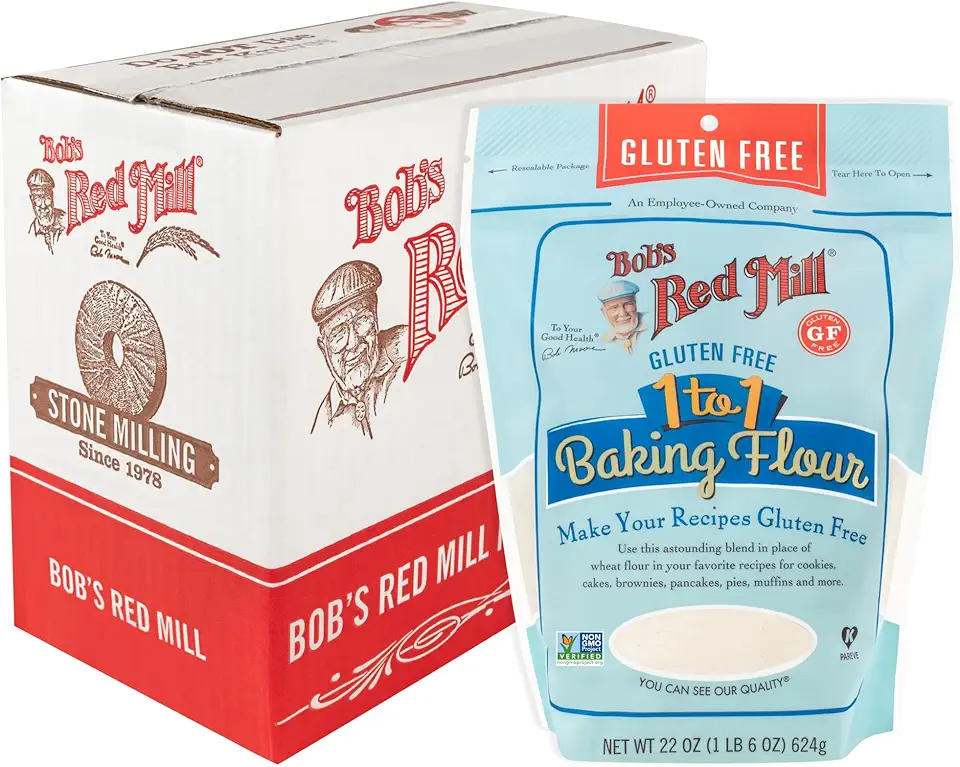 Bob's Red Mill Gluten Free 1-to-1 Baking Flour, 22 Ounce (Pack of 4)
$23.96
View details
Prime
Bob's Red Mill Gluten Free 1-to-1 Baking Flour, 22 Ounce (Pack of 4)
$23.96
View details
Prime
 Antimo Caputo Chefs Flour - Italian Double Zero 00 - Soft Wheat for Pizza Dough, Bread, & Pasta, 2.2 Lb (Pack of 2)
$16.99
View details
Prime
best seller
Antimo Caputo Chefs Flour - Italian Double Zero 00 - Soft Wheat for Pizza Dough, Bread, & Pasta, 2.2 Lb (Pack of 2)
$16.99
View details
Prime
best seller
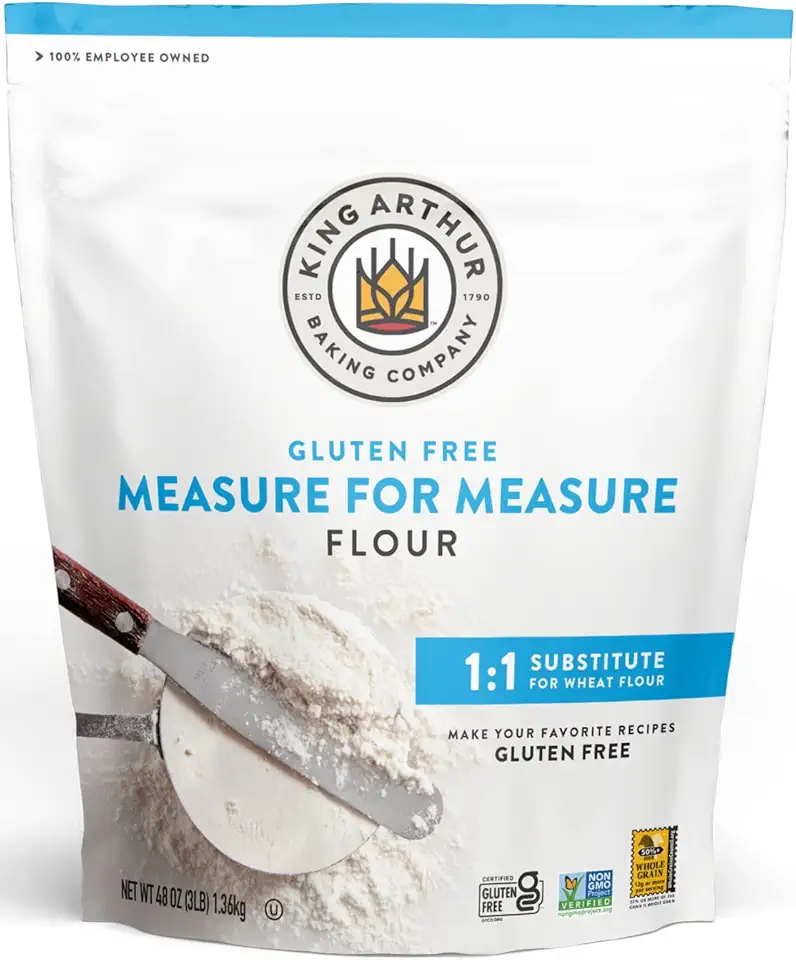 King Arthur, Measure for Measure Flour, Certified Gluten-Free, Non-GMO Project Verified, Certified Kosher, 3 Pounds, Packaging May Vary
$8.62
View details
King Arthur, Measure for Measure Flour, Certified Gluten-Free, Non-GMO Project Verified, Certified Kosher, 3 Pounds, Packaging May Vary
$8.62
View details
 Wholesome Fair Trade Organic Powdered Sugar, Naturally Flavored Real Sugar, Non GMO & Gluten Free, 50 Pound (Pack of 1)
$106.95
View details
Prime
best seller
Wholesome Fair Trade Organic Powdered Sugar, Naturally Flavored Real Sugar, Non GMO & Gluten Free, 50 Pound (Pack of 1)
$106.95
View details
Prime
best seller
 Lakanto Powdered Monk Fruit Sweetener with Erythritol - Powdered Sugar Substitute, Zero Calorie, Keto Diet Friendly, Zero Net Carbs, Baking, Extract, Sugar Replacement (Powdered - 1 lb)
$11.90
View details
Prime
Lakanto Powdered Monk Fruit Sweetener with Erythritol - Powdered Sugar Substitute, Zero Calorie, Keto Diet Friendly, Zero Net Carbs, Baking, Extract, Sugar Replacement (Powdered - 1 lb)
$11.90
View details
Prime
 Swerve Sweetener Powder, Confectioners, 12 oz
$6.98
View details
Swerve Sweetener Powder, Confectioners, 12 oz
$6.98
View details
Instructions
Step 1
Grease a baking dish and line it with baking paper. This prevents sticking and makes for easier cleanup.
Place a sheet of dough on top, following your package's instructions. *Cover* the dough and place it in the refrigerator to keep it chilled while you *prepare the filling*.
Step 2
*Preheat* the oven to 180°C (about 355°F) with convection, if available. This ensures the oven is ready once you *assemble the danish*.
Step 3
In a mixing bowl, *whisk* together the Ricotta cheese, powdered sugar, egg, cornstarch, vanilla extract, and lemon peel until the mixture is homogeneous and creamy. This creates a rich and smooth filling.
Step 4
Remove the dough from the refrigerator and *prick the bottom of the dough* with a fork to prevent *bubbling* during baking.
Pour the filling onto the dough and gently sprinkle the blueberries on top. If using frozen berries, do not defrost them; instead, sprinkle with all-purpose flour to avoid excess moisture.
*Fold* the corners of the dough over the filling, then sprinkle two tablespoons of powdered sugar on top to create a golden, sweet crust.
Step 5
Bake in the *preheated oven* for about 40 minutes or until the danish is golden. The time may vary slightly depending on your oven, so keep an eye out for a golden brown crust.
Step 6
Remove the danish from the oven and leave in the pan for 10 minutes. Transfer to a plate and allow it to cool completely. Slice and serve.
This danish is *delicious* served warm or chilled.
Servings
Your danish is a perfect companion to a cozy morning with a hot cup of coffee or tea ☕. Imagine slicing into it, watching the flaky layers give way to creamy, fruity glory. **Serve warm** for the ultimate indulgence, or let it cool for a firm, sliceable treat.
Want a little extra? Pair your danish with a dollop of freshly whipped cream or a scoop of vanilla ice cream. The creamy, cold contrast against the warm pastry is simply **heavenly**. 🍦 Pro-tip: drizzle a touch of honey over the top for added sweetness and sheen—yum!
Hosting a brunch? Create an entire spread featuring this danish alongside other breakfast favorites: scrambled eggs, fruit salad, and fresh juices. You'll have a hit on your hands for sure! 🥳
Equipment
Choose a rectangular form of approximately 22*18 cm. Ensure it's oven-safe to withstand high temperatures. Grease and line it with baking paper for easy pastry transfer.
 OXO Good Grips Glass 3 Qt Baking Dish with Lid
$22.99
View details
Prime
best seller
OXO Good Grips Glass 3 Qt Baking Dish with Lid
$22.99
View details
Prime
best seller
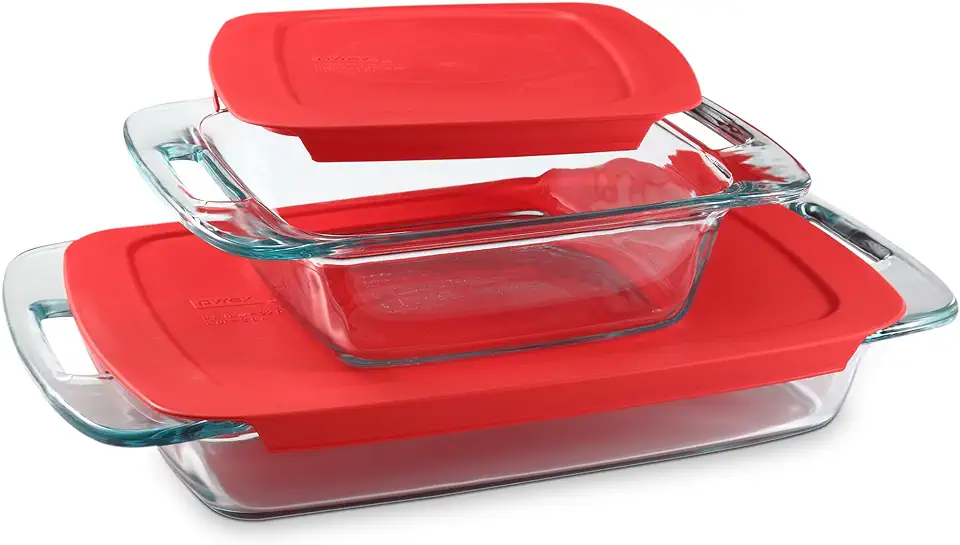 Pyrex Easy Grab 2-Pack Glass Baking Dish Set (2QT, 3QT) with Snug Fit Locking BPA-Free Lids, Rectangular Bakeware Set, Dishwasher, Microwave, Freezer & Pre-Heated Oven Safe
$15.98
$24.99
View details
Prime
Pyrex Easy Grab 2-Pack Glass Baking Dish Set (2QT, 3QT) with Snug Fit Locking BPA-Free Lids, Rectangular Bakeware Set, Dishwasher, Microwave, Freezer & Pre-Heated Oven Safe
$15.98
$24.99
View details
Prime
 Pyrex Deep 5.2-Qt (9"x13") 2-in-1 Glass Baking Dish with Glass Lid, Extra Large Rectangular Baking Pan For Casserole & Lasagna, Dishwasher, Freezer, Microwave and Pre-Heated Oven Safe
$26.46
$32.99
View details
Pyrex Deep 5.2-Qt (9"x13") 2-in-1 Glass Baking Dish with Glass Lid, Extra Large Rectangular Baking Pan For Casserole & Lasagna, Dishwasher, Freezer, Microwave and Pre-Heated Oven Safe
$26.46
$32.99
View details
Essential for creating a smooth filling. A hand whisk works well, but you can use an electric mixer for faster results.
 OXO Good Grips 11-Inch Balloon Whisk
$10.93
$11.95
View details
Prime
best seller
OXO Good Grips 11-Inch Balloon Whisk
$10.93
$11.95
View details
Prime
best seller
 Walfos Silicone Whisk,Stainless Steel Wire Whisk Set of 3 -Heat Resistant 480°F Kitchen Whisks for Non-stick Cookware,Balloon Egg Beater Perfect for Blending,Whisking,Beating,Frothing & Stirring,Black
$11.89
$14.99
View details
Prime
Walfos Silicone Whisk,Stainless Steel Wire Whisk Set of 3 -Heat Resistant 480°F Kitchen Whisks for Non-stick Cookware,Balloon Egg Beater Perfect for Blending,Whisking,Beating,Frothing & Stirring,Black
$11.89
$14.99
View details
Prime
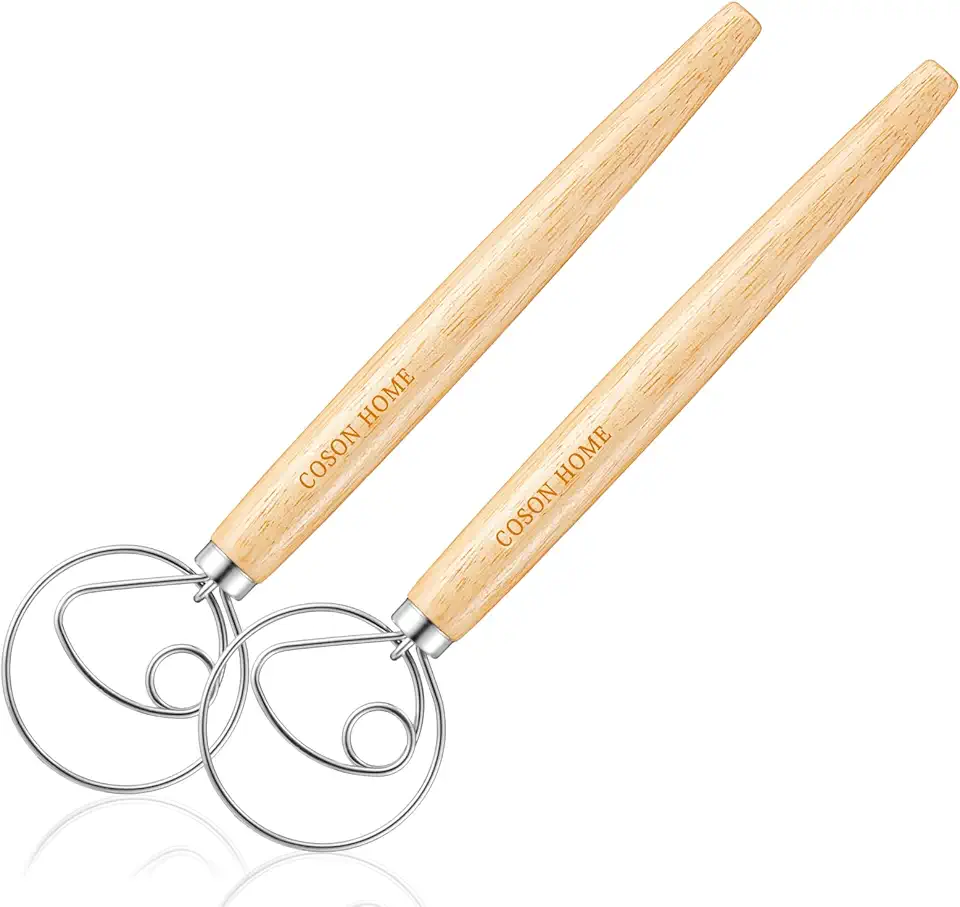 Pack of 2 Danish Dough Whisk Blender Dutch Bread Whisk Hook Wooden Hand Mixer Sourdough Baking Tools for Cake Bread Pizza Pastry Biscuits Tool Stainless Steel Ring 13.5 inches 0.22 lb/pcs…
$9.80
$14.99
View details
Pack of 2 Danish Dough Whisk Blender Dutch Bread Whisk Hook Wooden Hand Mixer Sourdough Baking Tools for Cake Bread Pizza Pastry Biscuits Tool Stainless Steel Ring 13.5 inches 0.22 lb/pcs…
$9.80
$14.99
View details
You will need this to prick the dough bottom, ensuring the pastry bakes evenly without puffing up excessively.
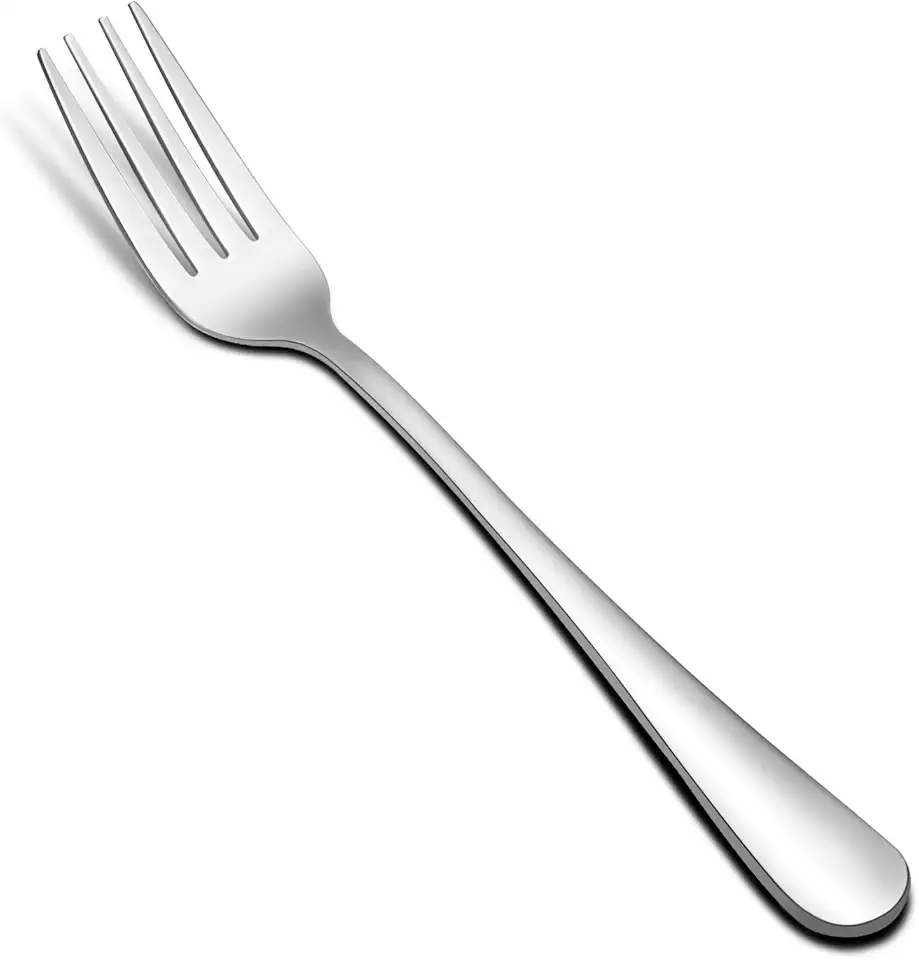 Hiware 12-piece Stainless Steel Salad Forks Dessert Forks Set, Dishwasher Safe, 6.7 Inches
$8.99
View details
Prime
Hiware 12-piece Stainless Steel Salad Forks Dessert Forks Set, Dishwasher Safe, 6.7 Inches
$8.99
View details
Prime
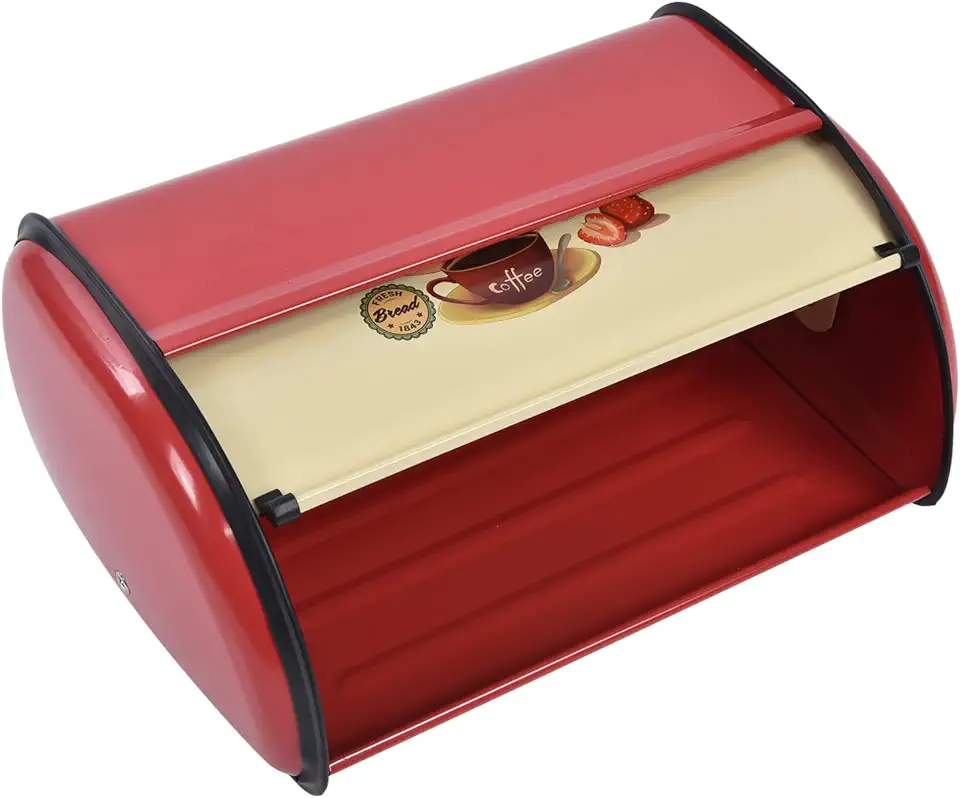 Yosoo Metal Bread Box Kitchen Countertop Multi Function Bread Fork for Bakery red
$36.91
$39.35
View details
Prime
best seller
Yosoo Metal Bread Box Kitchen Countertop Multi Function Bread Fork for Bakery red
$36.91
$39.35
View details
Prime
best seller
 Dinner Forks,Set of 16 Top Food Grade Stainless Steel Silverware Forks,Table Forks,Flatware Forks,8 Inches,Mirror Finish & Dishwasher Safe,Use for Home,Kitchen or Restaurant
$9.99
$15.99
View details
Dinner Forks,Set of 16 Top Food Grade Stainless Steel Silverware Forks,Table Forks,Flatware Forks,8 Inches,Mirror Finish & Dishwasher Safe,Use for Home,Kitchen or Restaurant
$9.99
$15.99
View details
Variations
If you're **gluten-free**, you've got options! Substitute the traditional puff pastry with a gluten-free version. They’re widely available at most supermarkets.
For a **vegan version**, swap ricotta for a plant-based alternative, such as almond or cashew cheese, and replace the egg with aquafaba (chickpea water), which works wonders for binding in vegan baking. Double-check all other ingredients, like puff pastry, to ensure they fit your dietary needs. 🌱
For those wanting to explore beyond blueberries, feel free to dip into the realm of raspberries or sliced peaches. The possibilities are **endless and just as delicious**! 🍑
Faq
- Why isn't my dough staying flaky?
Ensure your dough is cold before baking, as this keeps the butter in the dough from melting prematurely, which can affect flakiness.
- Why did my filling leak out during baking?
This can happen if the edges aren't sealed properly or the filling is too liquid. Fold the corners securely over the filling and ensure it is the right consistency.
- Can I make this pastry ahead of time?
Yes, you can prepare the danish a day ahead and refrigerate it. It's best served warm, so reheat in an oven before serving.
- How can I ensure even baking?
Bake in the center of the oven and rotate the dish halfway through the cooking time for an evenly golden result.
- How do I keep the pastry crisp?
Store cooled pastries in an airtight container to maintain crispness. If they soften, reheat in the oven for a few minutes before serving.
- What's the best way to handle sticky dough?
If your dough tends to stick, work with it on a lightly floured surface and use a cold rolling pin.


